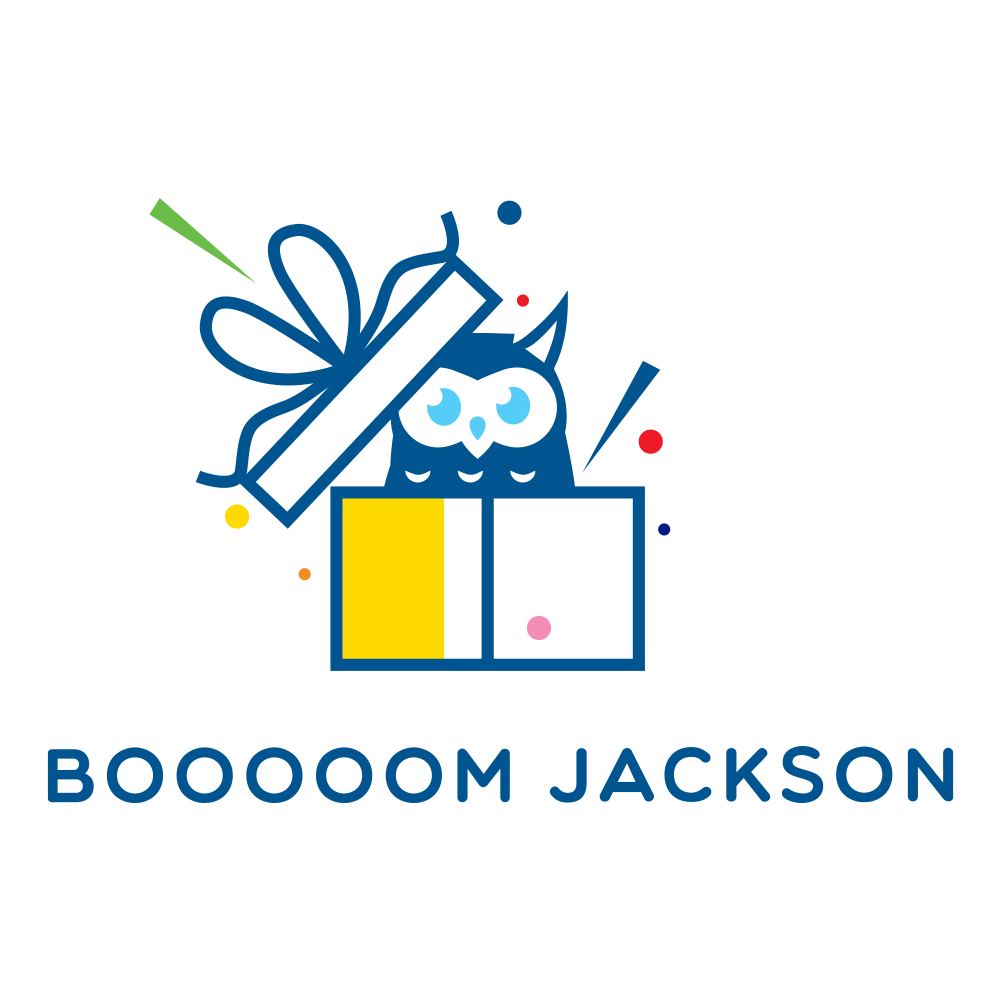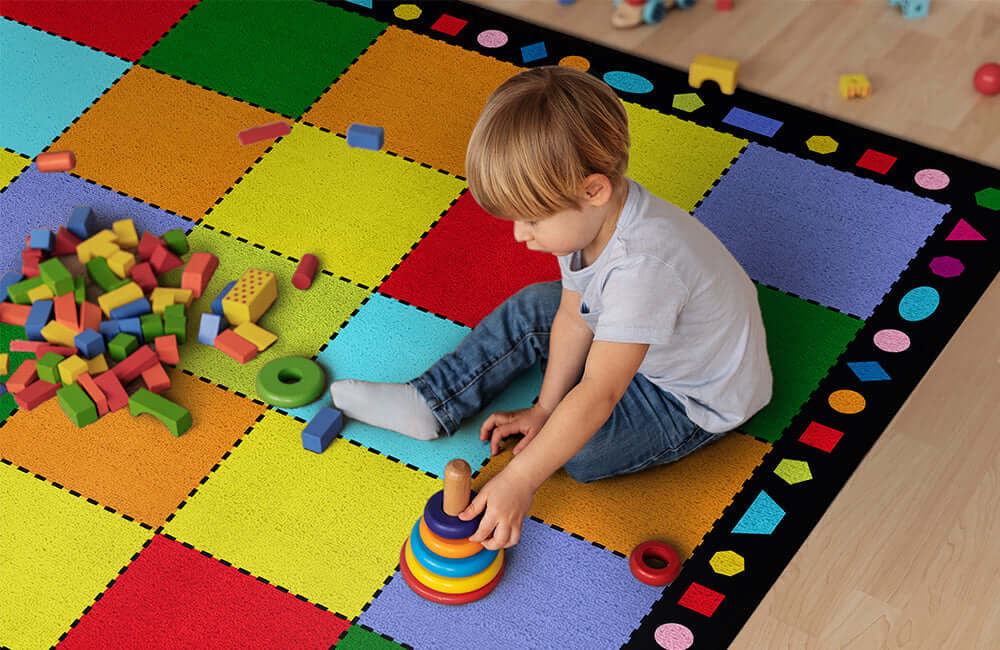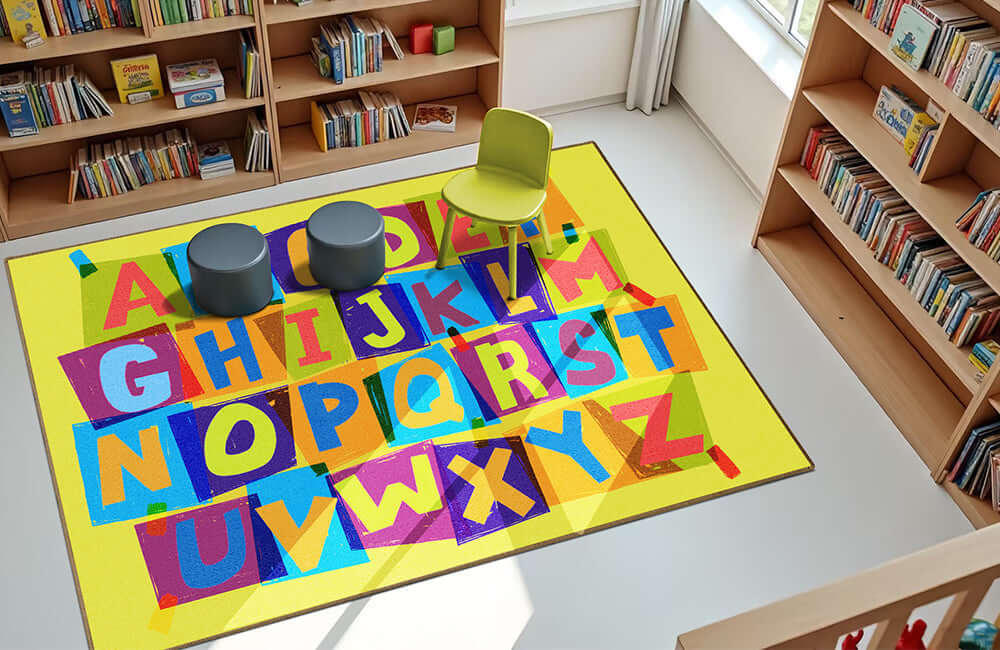When most educators think of classroom rugs, alphabet circles and number grids often come to mind—foundational tools that have graced early childhood classrooms for decades. Yet today's educational rugs have evolved far beyond these basics, transforming into sophisticated visual learning tools that support diverse curriculum goals across grade levels and subject areas.
Modern educational rugs serve as constant, passive instructional aids that reinforce concepts through daily interaction and provide opportunities for kinesthetic engagement with academic content. From geography and scientific classification to mathematical relationships and historical timelines, these floor coverings do far more than define gathering spaces—they create interactive visual references that support teaching objectives throughout the school day.
The Evolution of Educational Rugs
The history of educational rugs parallels broader developments in educational theory and classroom design. According to Wikipedia's article on instructional materials, learning environments have increasingly incorporated multi-sensory tools that support diverse learning modalities.
From Decorative to Instructional
Early classroom rugs primarily served practical and decorative purposes—defining spaces and adding warmth to institutional environments. The shift toward instructional design elements began in earnest during the 1970s and 1980s, when early childhood education increasingly emphasized print-rich environments and surrounded students with academic content.
Influence of Visual Learning Research
Research on visual learning has significantly influenced educational rug design. Studies cited by the Visual Teaching Alliance indicate that approximately 65% of the population consists of visual learners who process information most effectively through visual formats. Educational rugs capitalize on this learning preference by creating constant visual exposure to curriculum content.
Modern Manufacturing Capabilities
Advances in manufacturing technology have expanded design possibilities. Today's educational rugs feature:
- Photographic-quality images
- Complex maps and diagrams
- Interactive elements through QR codes
- Custom designs aligned with specific curriculum standards
- Varied textures that add tactile learning dimensions
As noted by educational environment specialist Dr. Eleanor Wright on Learning Spaces Today, "The evolution from simple alphabet rugs to sophisticated curriculum tools reflects our growing understanding of how physical classroom elements can reinforce learning objectives without active instruction."
Supporting Core Curriculum Areas
Mathematics Beyond Numbers
Modern math-focused rugs go far beyond basic number recognition to support:
Geometric Concepts
- Shapes with labeled properties
- Coordinate plane systems
- Geometric theorems illustrated visually
- Measurement references and conversion tools
Mathematical Relationships
- Number lines showing positive/negative relationships
- Fraction/decimal/percentage equivalencies
- Visual multiplication tables and factor families
- Place value positioning with visual cues
Data and Spatial Thinking
- Simple graph templates
- Venn diagram formats
- Spatial reasoning puzzles
- Logic problem frameworks
Literacy Expansion
Literacy rugs now extend beyond alphabet recognition to include:
Word Construction Elements
- Phonemic patterns and word families
- Common prefixes, roots, and suffixes
- Syllable types and division rules
- Vowel pattern reference charts
Comprehension Supports
- Story element diagrams
- Question stems for different thinking levels
- Text structure frameworks
- Character analysis templates
Writing Foundations
- Sentence structure models
- Paragraph organization patterns
- Genre-specific writing guides
- Editing symbol references
Science Curriculum Support
Science-themed rugs offer visual references for:
Classification Systems
- Animal and plant kingdoms
- Simple taxonomic hierarchies
- Life cycle representations
- Habitat and ecosystem relationships
Scientific Processes
- Steps of scientific inquiry
- Experiment design templates
- Observation and inference distinctions
- Measurement systems and conversions
Earth and Space Science
- Solar system configurations
- Rock cycle representations
- Weather pattern symbols
- Geological formations and features
Social Studies Content
The National Council for the Social Studies recognizes the value of visual learning tools like educational rugs for reinforcing social studies concepts through:
Geographic Features
- World and continental maps
- Landform identification
- Cultural region designations
- Geographic grid systems
Historical Frameworks
- Timeline formats and period distinctions
- Historical era identification
- Primary/secondary source differentiation
- Historical thinking concept models
Civic Understanding
- Government structure diagrams
- Community helper identification
- Global organization symbols
- Decision-making process models
Developmental Benefits Across Age Groups
Early Childhood (PreK-2)
For young learners, educational rugs provide:
- Defined gathering spaces that create security
- Visual anchors for developing attention spans
- Multisensory engagement with foundational concepts
- Physical positioning that supports concept development
As early childhood specialist Maria Montessori observed, "The development of the mind comes through movement," making floor-based learning particularly effective for this age group.
Elementary (Grades 3-5)
Middle elementary students benefit from:
- Visual references that support growing independence
- Spatial arrangements that facilitate group collaboration
- Concept models that bridge concrete and abstract thinking
- Interactive elements that support curriculum application
Upper Elementary and Middle School
Older elementary and middle school applications include:
- Complex reference tools that support higher-order thinking
- Visual frameworks for increasingly abstract concepts
- Collaborative problem-solving spaces with embedded guides
- Subject-specific models aligned with specialized curriculum
Cross-Curricular Applications
The most effective educational rugs support learning across multiple subject areas, reinforcing the connections between disciplines.
STEAM Integration
STEAM-focused rugs combine elements of science, technology, engineering, arts, and mathematics through:
- Design challenges with embedded measurement tools
- Artistic elements that incorporate mathematical principles
- Scientific concepts rendered through aesthetic design
- Engineering process models with artistic applications
Literacy Across Content Areas
According to Education World magazine, visual learning tools are particularly effective for reinforcing literacy in content areas:
- Content-specific vocabulary displayed in context
- Reading strategy reminders embedded in subject-specific designs
- Writing scaffolds tailored to different disciplines
- Research models applicable across content areas
Project-Based Learning Support
Educational rugs can create foundations for cross-curricular projects:
- Community/world maps that serve as project planning centers
- Timeline formats adaptable to various subject progressions
- Venn diagrams for comparative analysis across subjects
- Classification systems applicable to multiple content areas
Supporting Diverse Learning Styles
Educational rugs naturally accommodate different learning preferences:
Visual Learners
- Benefit from constant visual exposure to curriculum concepts
- Use rug elements as memory triggers and study aids
- Process information through spatial relationships on the rug
- Create visual associations between physical space and academic content
Kinesthetic Learners
- Move physically on rugs to demonstrate understanding
- "Walk through" processes represented on rug designs
- Engage with concepts through position and movement
- Use physical placement to demonstrate relationships between ideas
Collaborative Learners
- Gather on rugs for guided discussion of visual elements
- Use rug designs as common reference points during group work
- Position themselves in relationship to different rug elements
- Create physical representations of thinking using rug frameworks
English Language Learners
Educational environmental specialist Dr. James Cohen notes that, "Visual learning tools provide crucial scaffolding for students acquiring English, creating connections between concepts and vocabulary that persist even when verbal instruction might not be fully comprehended."
Implementation Strategies for Educators
Strategic Placement and Use
Maximize educational rug impact through:
- Positioning in high-visibility, frequently used areas
- Rotation of rugs to align with current curriculum units
- Direct instruction that references rug elements
- Independent activities designed around rug content
Intentional Instruction
Educational rugs are most effective when educators:
- Explicitly teach the features and purpose of the rug
- Reference rug elements during direct instruction
- Create activities that require interaction with rug content
- Use consistent language that aligns with rug terminology
Student Ownership and Interaction
Increase engagement by:
- Assigning students as "rug experts" for different elements
- Creating scavenger hunts and challenges using rug content
- Allowing students to use rugs during independent work
- Incorporating rug elements into assessment and reflection activities
Documentation of Use and Impact
Track educational value through:
- Photo documentation of rug-based activities
- Student reflections on how rugs support their learning
- Connections between rug elements and curriculum standards
- Assessment data from concepts reinforced through rug content
Measuring Impact on Learning Outcomes
Observational Assessment
Teachers can gather evidence of educational rug effectiveness through:
- Frequency of student-initiated interaction with rug elements
- Accuracy of references to rug content during discussions
- Application of rug-based information in independent work
- Connections made between rug content and other learning materials
Formal Assessment Connections
More structured evaluation might include:
- Pre/post assessments on concepts reinforced through rug content
- Performance tasks requiring application of rug-based information
- Rubric elements specifically addressing concepts featured on rugs
- Student self-assessments regarding how rugs support their learning
Long-Term Retention
Research from Educational Psychology Review suggests that "environmental print" like that found on educational rugs supports long-term concept retention through:
- Spaced repetition through daily exposure
- Multi-sensory engagement with content
- Creation of spatial memory associations
- Incidental learning during non-instructional time
Budget-Friendly Solutions
Maximizing Investment Value
When purchasing educational rugs:
- Prioritize designs that support multiple curriculum areas
- Consider durability factors for long-term use
- Select cleaning-friendly materials that maintain visual clarity
- Choose designs with "timeless" content unlikely to become outdated
DIY Alternatives
For limited budgets:
- Create temporary educational "rugs" using shower curtains and permanent markers
- Use painter's tape to create floor designs on existing flooring
- Develop modular carpet tile systems that can be reconfigured
- Collaborate with parent organizations for fundraising specific to learning environment enhancements
Grant and Funding Opportunities
Explore financial support through:
- Teacher mini-grant programs for classroom environment enhancement
- Donor platforms like DonorsChoose for specific rug projects
- Partnership with local businesses for classroom sponsorship
- Title I and other federal funding for instructional materials
Shared Resources
Maximize limited resources through:
- Grade-level rug sharing with rotation schedules
- Creation of rug libraries within schools
- Documentation of activities to share with colleagues
- Professional development on maximizing rug effectiveness
Conclusion
Educational rugs have evolved from simple alphabet circles to sophisticated curriculum tools that support diverse learning objectives across content areas. When selected thoughtfully and implemented intentionally, these visual learning environments create countless opportunities for both direct instruction and passive reinforcement of important concepts.
Beyond their basic function of defining classroom spaces, today's educational rugs serve as persistent visual teachers—silently reinforcing curriculum goals, supporting diverse learning styles, and creating opportunities for kinesthetic engagement with academic content. In an educational landscape increasingly focused on creating immersive learning environments, these multifunctional floor coverings deserve recognition as valuable instructional tools rather than mere classroom decoration.
As you evaluate classroom resources and instructional materials, consider the potential of educational rugs to support your specific curriculum goals and student learning needs. With thoughtful selection and implementation, these unassuming classroom features can become powerful allies in creating visually rich, academically supportive learning environments that engage students through multiple sensory channels and learning modalities.




Leave a comment
This site is protected by hCaptcha and the hCaptcha Privacy Policy and Terms of Service apply.